The ocean has always been a playground for those seeking harmony with nature’s raw power, and at the heart of this dance lies the surfboard—a carefully crafted instrument designed to harness the energy of waves. Among its many components, the fin, or tail fin, plays a pivotal role in determining how a board performs in the water. While casual observers might overlook its significance, the hydrodynamics of surfboard fins are a fascinating blend of physics, engineering, and artistry, shaping everything from speed and stability to maneuverability and control.
Surfboard fins are not merely accessories; they are precision-engineered tools that interact dynamically with water. Their shape, size, and placement influence how water flows around the board, creating lift, reducing drag, and allowing surfers to carve turns with precision. The principles at work here are rooted in fluid mechanics, where the fin’s foil (cross-sectional shape), rake (angle of curvature), and flex (stiffness) all contribute to its performance. A well-designed fin can mean the difference between a sluggish ride and a thrilling, responsive experience on the wave.
The physics behind fin hydrodynamics begins with lift generation. Much like an airplane wing, a surfboard fin operates on the concept of Bernoulli’s principle. As water flows over the curved surface of the fin, it accelerates, creating a pressure differential that generates lift. This lift is what allows surfers to maintain direction and stability while cutting across a wave’s face. However, unlike aircraft, surfboard fins must also account for lateral forces, as waves exert pressure from multiple directions. This is where the fin’s rake and base width come into play—longer, more swept-back fins provide greater hold in powerful waves, while shorter, upright fins offer quicker releases for tight turns.
Another critical factor is drag, the resistance encountered as the fin moves through water. Drag can be both a friend and foe—too much of it slows the board down, but just enough can provide the necessary grip for sharp maneuvers. Fin designers often experiment with foil shapes to minimize turbulent flow, opting for teardrop profiles or asymmetrical designs that reduce vortex shedding. The flex of the fin also plays a role here; a stiffer fin delivers immediate response, while a more flexible one absorbs energy and releases it smoothly, aiding in acceleration out of turns.
Beyond the individual fin, the configuration of multiple fins—known as a fin setup—adds another layer of complexity. Single fins, thrusters (three fins), quads (four fins), and even five-fin setups each offer distinct advantages depending on wave conditions and surfing style. Thrusters, for example, strike a balance between speed and control, with the center fin providing drive while the side fins enhance pivotability. Quads, on the other hand, excel in generating speed down the line due to their reduced drag, making them ideal for hollow, barreling waves. The interplay between these fins creates a hydrodynamic symphony, where each element contributes to the board’s overall behavior.
Materials have also revolutionized fin design. Traditional glass-on fins were once the norm, but modern removable systems allow surfers to swap fins for different conditions. Composite materials like carbon fiber and fiberglass offer a blend of lightness and strength, while innovations in 3D printing have opened doors to intricate, customized fin shapes that were previously impossible to manufacture. These advancements highlight how surfboard fins are as much a product of cutting-edge technology as they are of time-honored craftsmanship.
Yet, for all the science involved, the art of fin selection remains deeply personal. Professional surfers often work closely with shapers and engineers to fine-tune fins for their unique style, adjusting cant angles or fin toe-in to suit their preferences. Even recreational surfers develop an intuitive sense of what works best for them—whether it’s a set of small, upright fins for playful beach breaks or larger, raked fins for towering reef passes. The relationship between surfer and fin is a testament to how fluid dynamics translate into pure, visceral experience.
As surfing continues to evolve, so too will the science of fin hydrodynamics. Computational fluid dynamics (CFD) simulations now allow designers to test virtual prototypes before ever shaping a physical fin, accelerating the pace of innovation. Meanwhile, environmental considerations are pushing the industry toward sustainable materials, ensuring that the pursuit of performance doesn’t come at the expense of the oceans that make surfing possible. One thing is certain: the humble surfboard fin will remain at the forefront of this evolution, silently shaping the way we ride waves for generations to come.

By Elizabeth Taylor/May 9, 2025
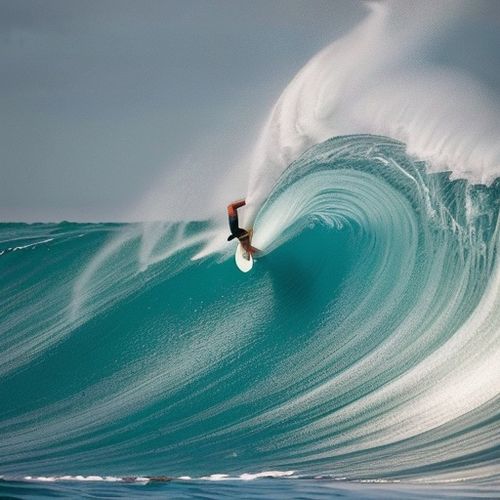
By David Anderson/May 9, 2025

By Amanda Phillips/May 9, 2025

By Victoria Gonzalez/May 9, 2025
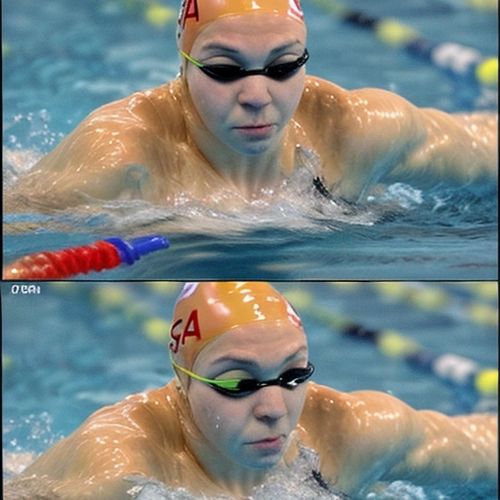
By Rebecca Stewart/May 9, 2025

By Michael Brown/May 9, 2025

By William Miller/May 9, 2025
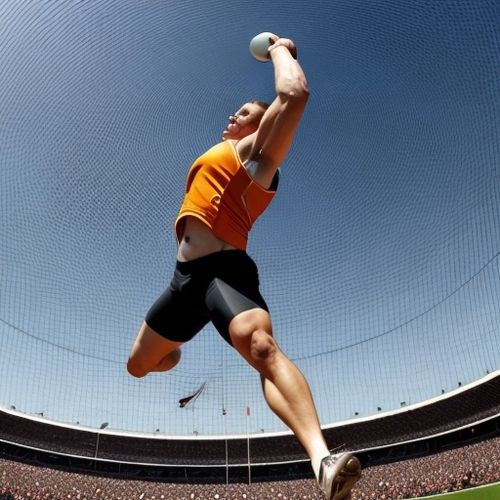
By James Moore/May 9, 2025

By Christopher Harris/May 9, 2025

By George Bailey/May 9, 2025

By John Smith/May 9, 2025

By John Smith/May 9, 2025

By Samuel Cooper/May 9, 2025

By Christopher Harris/May 9, 2025

By Megan Clark/May 9, 2025
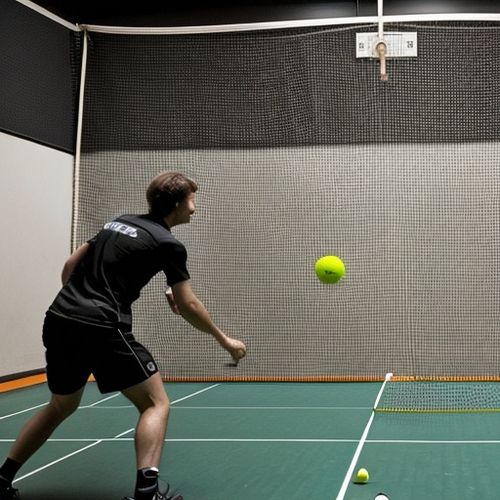
By Victoria Gonzalez/May 9, 2025

By William Miller/May 9, 2025
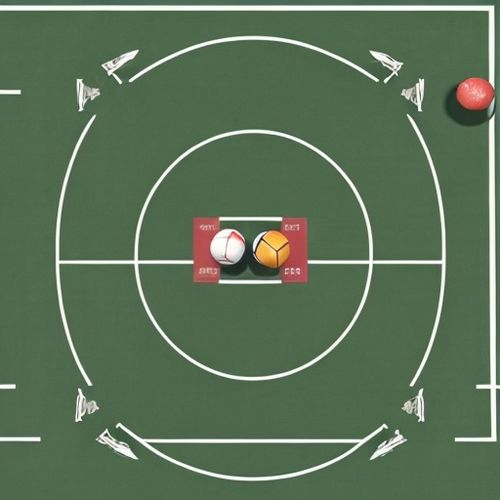
By Natalie Campbell/May 9, 2025

By Megan Clark/May 9, 2025
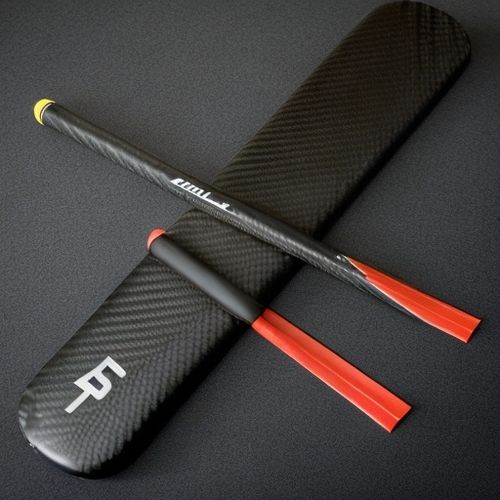
By Michael Brown/May 9, 2025